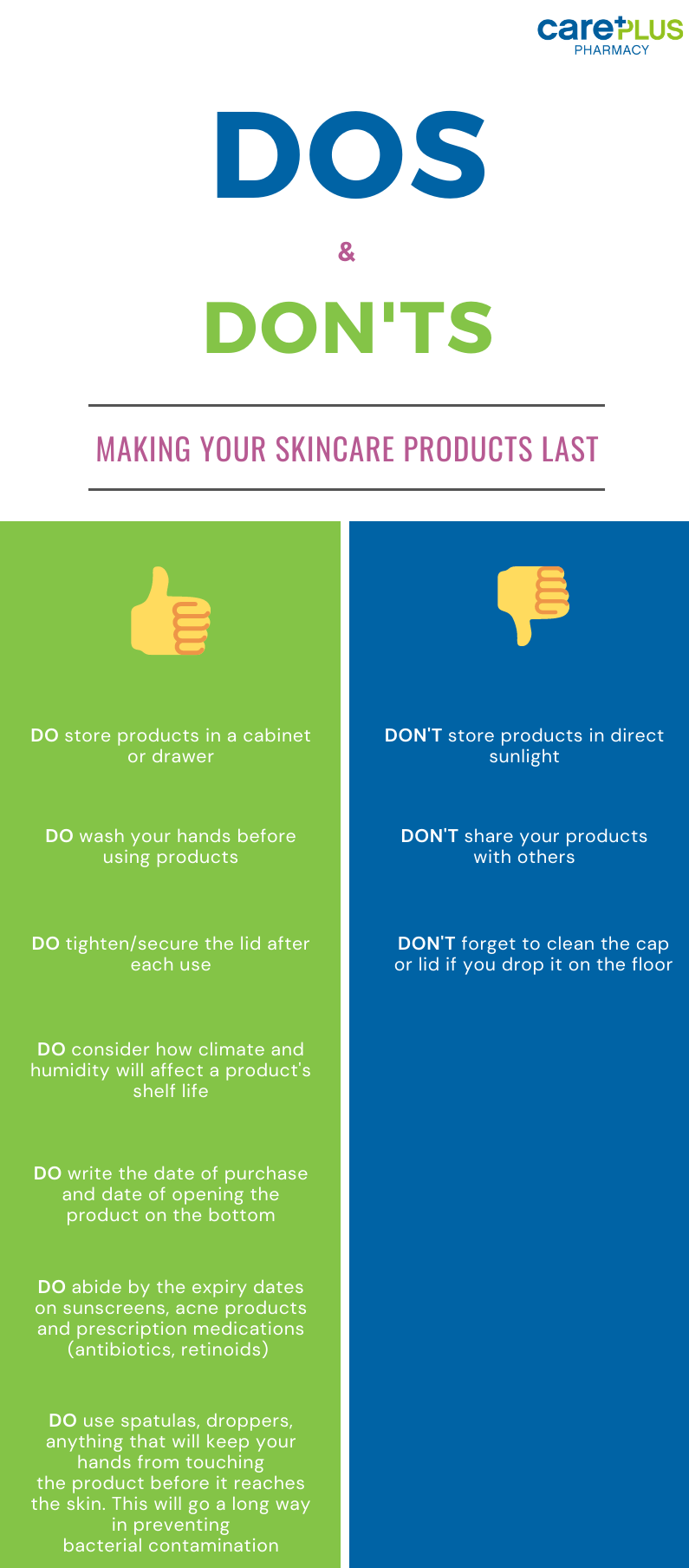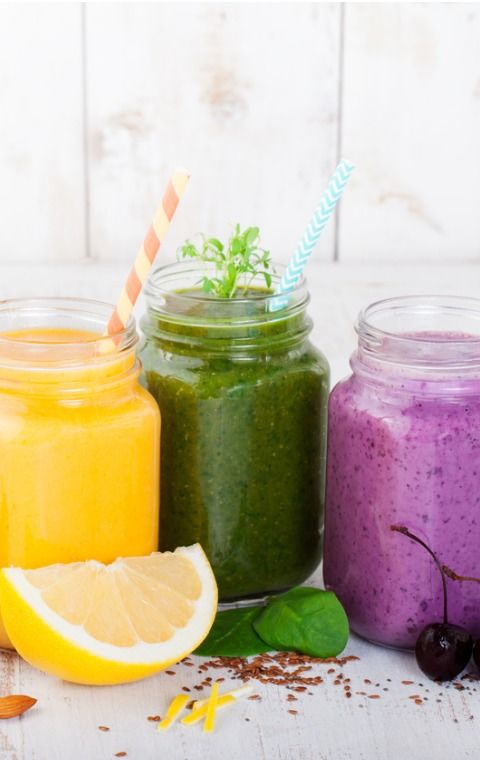While you may be tempted to hold onto products until they are gone, hanging on to skincare items like toners, moisturisers, and SPF can have consequences.
When do products expire once opened?
Most products have a shelf life of two to three years. There are a number of variables that indicate how quickly a product will expire:
- The ingredients
- Any preservatives used in the formula
However, the shelf life and expiration date are not the same thing - the clock starts ticking on the expiration date of your product from the moment you open it.
PAO
Look for the PAO—or period after opening—label. The symbol looks like an open jar and indicates the shelf life of the product once it has been opened, which is typically between 6 months to a year.
The PAO on the label will be a number with the letter ‘M’ written next to it. This is how many months after you have first opened it that you can use it. For example, 24M would give you a good two years, but you will need to remember when you first opened it. It can be helpful to mark the date on the bottom of the packaging.
Typical expiration dates by product:
1. Toner
Once toners have been opened, they tend to last for a little less time than some other skincare products. It is generally recommended that you replace toner after approximately a year from opening.
If your toner contains exfoliants, such as AHAs like glycolic or citric acid, or BHAs like salicylic acid, it is particularly important to keep this timeframe in mind. Extended use of such acids after expiry can result in dryness or irritation of the skin.
According to the FDA, acids (particularly AHAs), can result in extreme skin sensitivity to sun exposure. Such products are only deemed safe for consumers to use when measuring a pH of 3.5 or more. Over an extended period of time, the pH of certain products can change, causing damage to the skin.
2. Serum and moisturiser
Face creams or moisturisers in pots or jars are more exposed to the elements so usually need to be binned after six months. Some last for around a year from opening, depending on the formula and ingredients used.
Products containing essential oils, for example, may expire quicker than others as these oils will degrade over time, especially when stored incorrectly, making them less effective.
3. Face masks
Generally, masks expire about 1-2 years after being opened, depending on the active ingredients in the formula.
Clay masks tend to dry out on the shorter end of that timeframe. Masks containing unstable ingredients, like vitamins C and E, degrade over time and may result in less efficacy. A mask made with activated charcoal will not expire if it has not come in contact with air.
To keep your masks fresher for longer, use a spoon or spatula to dip into the pot. This prevents the transfer of bacteria from your hands. Keeping sheet masks in the fridge can add a little extra time to their shelf life.
4. Cleanser
Once opened, some cleansers can last up to two years, although widespread advice suggests tossing cleansers after one year.
Some cleansers, such as Cetaphil Gentle Skin Cleanser, is formulated to be “shelf-stable.” This means it can last for years provided it is not exposed to extreme temperatures and has no expiration date. To be sure, check the PAO on the packaging.
5. Sunscreen
One product that absolutely must be binned when it has expired is sunscreen.
Unlike other products, sunscreen has been proven effective at preventing skin cancer, and after it has expired it is no longer effective. This can be fatal in some cases.
Every sunscreen is marked with an expiration date, so be sure to keep track of that date to keep your skin, and yourself, healthy.
How can I tell if a product is expired?
If there is no expiry date and you cannot remember when you opened it, rendering the PAO useless, there are a couple of ways to tell if a product is beyond use:
- Product has changed colour
- Product has separated, become runny or lumpy in texture
- The scent of the product has changed or the product has a strange scent
- The product feels different on the skin than it once did – may feel grainy or streaky
If you have a product that is labelled “preservative-free” you should be concerned about using it, as without some sort of preservative system, contamination can happen at a rapid rate.

Information sourced from Google (2020), Paula's Choice, Holland & Barrett

